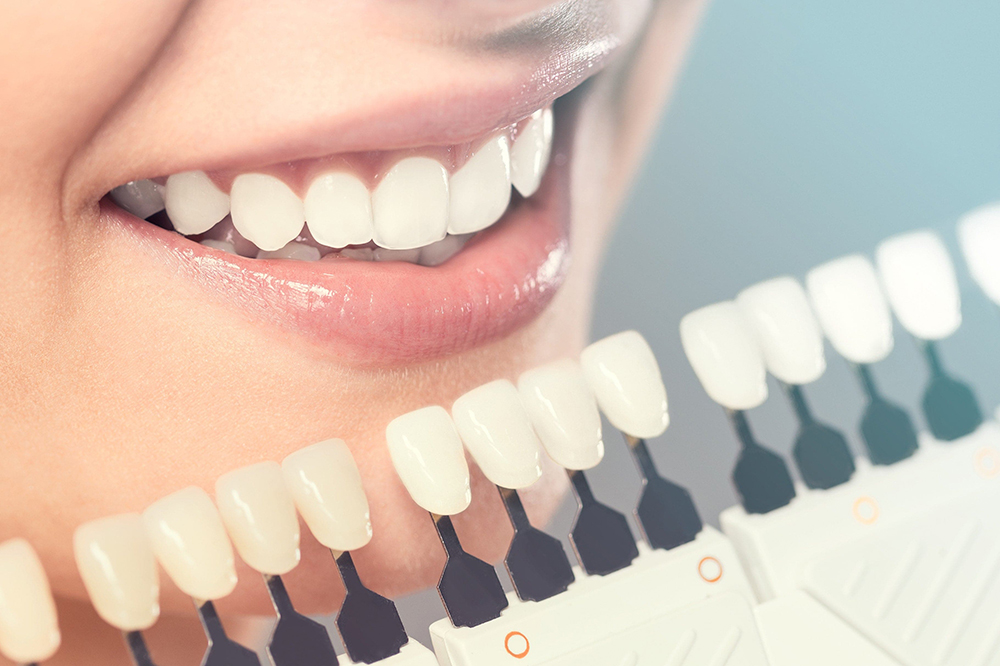
Cosmetic dentistry aimed at creating a positive change to your teeth and to your smile. It is a method of professional oral care that focuses on improving the appearance of your teeth. And although cosmetic dentistry procedures are usually elective rather than essential, some treatment cases provide restorative benefits.
Smile enhancement can have dramatic results on your overall appearance; even the smallest step can boost your confidence, self-esteem, and make you want to smile more.
Helpful Cosmetic Dentistry Procedures
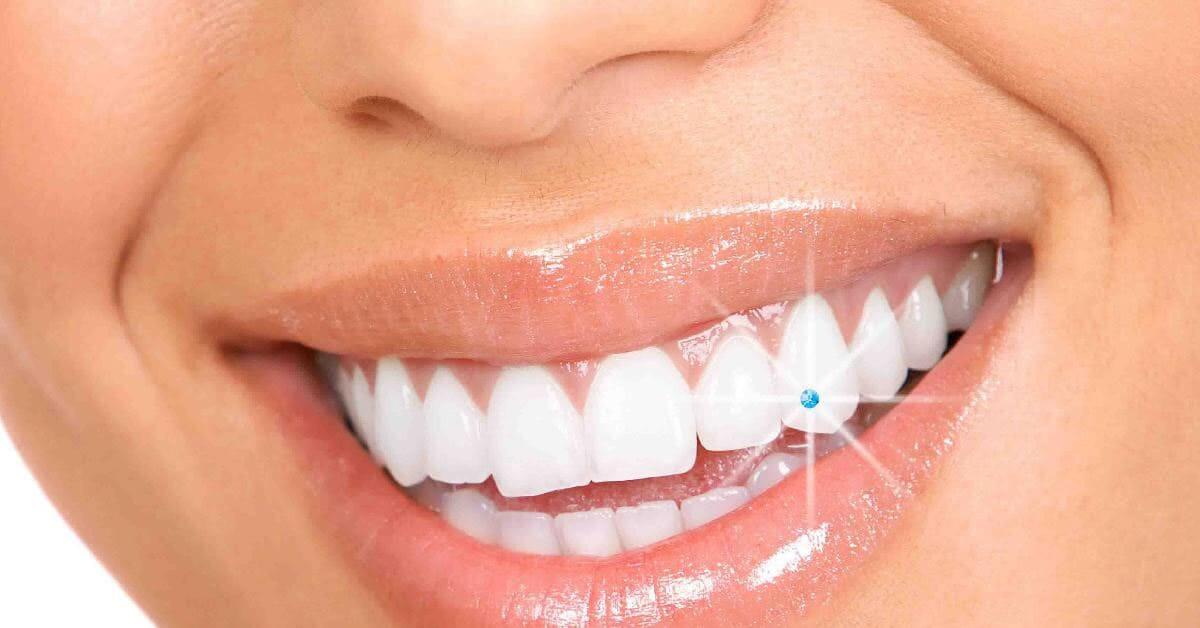
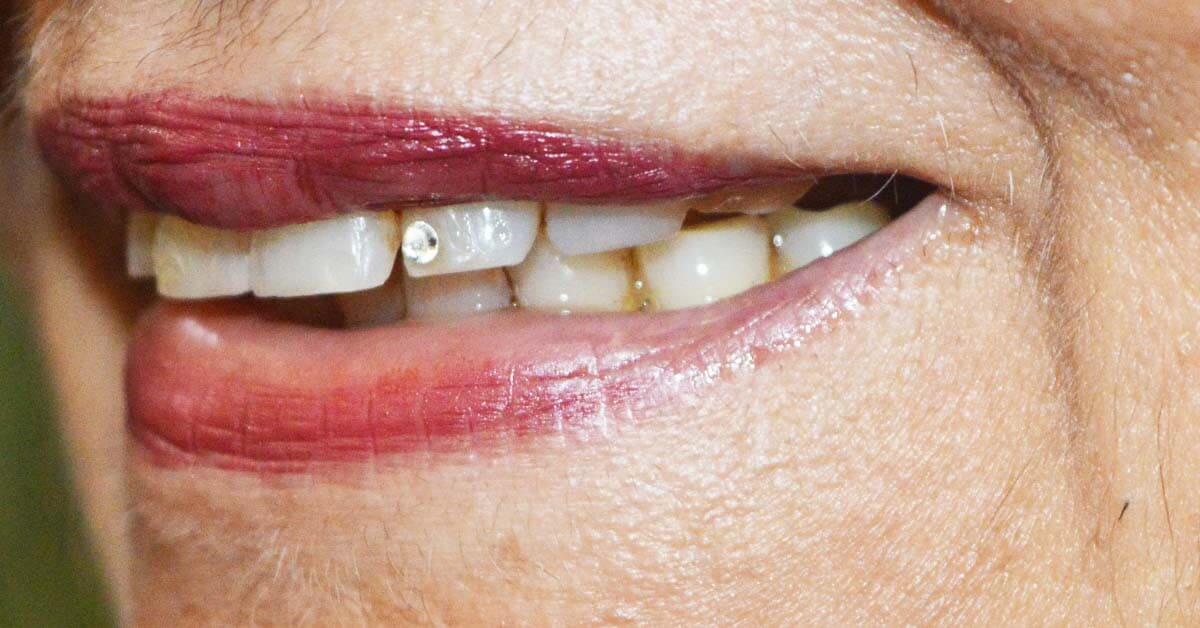
An extraordinary smile brightens your face and makes it look increasingly attractive. Absolute white teeth make your smile beautiful and leave you confident. If you are searching for one more approach to make your smile stylish, you should consider getting it blinged.
Tooth jewelry is an adornment that is set on the front of your tooth. This style rage lets you express your uniqueness through your smile, making it progressively one of a kind and fashionable.
What Happens If The Jewel Falls Off And I Swallow It?
The gems are little acrylic or glass gems or gold. They have no sharp edges. It will fundamentally be excreted out “the normal way” the same as it went inside your body.
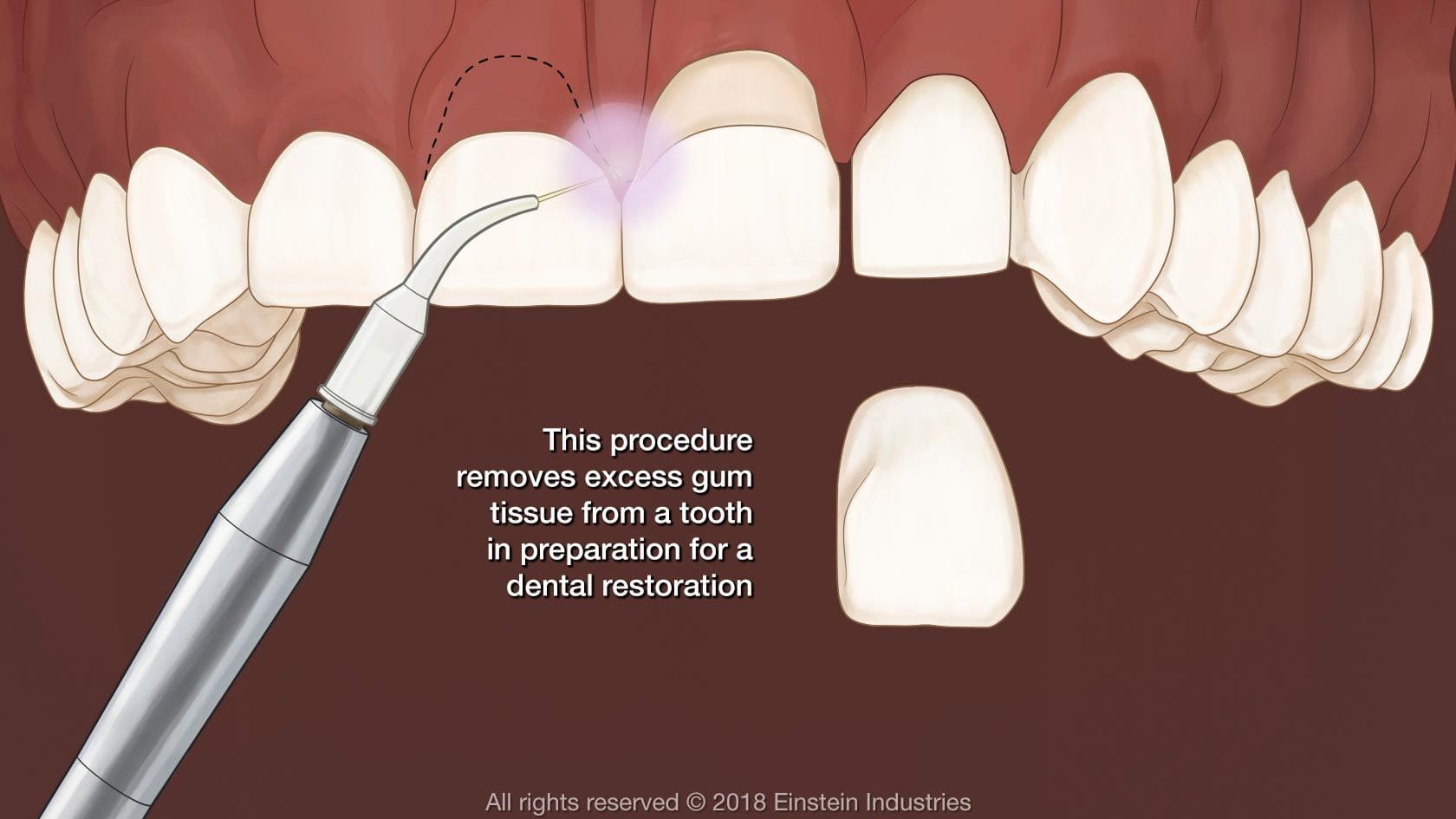
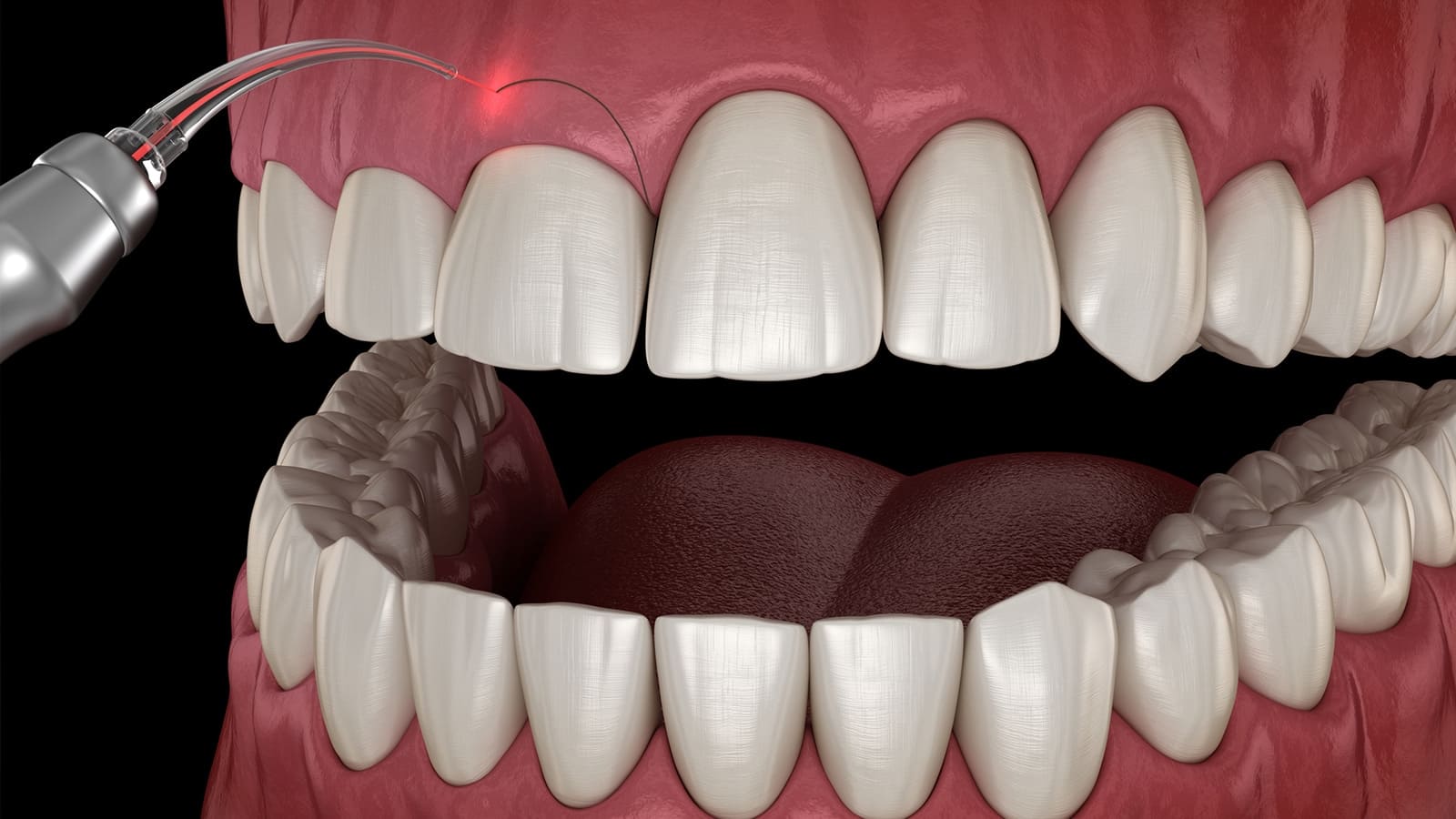
Crown lengthening involves removing excess gum tissue to reveal more of the tooth structure underneath. Traditional surgery is performed using a scalpel. In contrast, laser crown lengthening utilizes light energy to achieve the same objective and crown lengthening using diode laser. The usage of laser provides an alternative, effective method that produces good results with patient satisfaction.
When you smile, the gums should delicately frame the teeth. Patients with excess gingival tissue are said to have a gummy smile. This condition can be generalized, or it may only affect certain teeth. In many aesthetic cases, cosmetic crown lengthening is performed to reshape the gum line for a more symmetrical and uniform appearance.
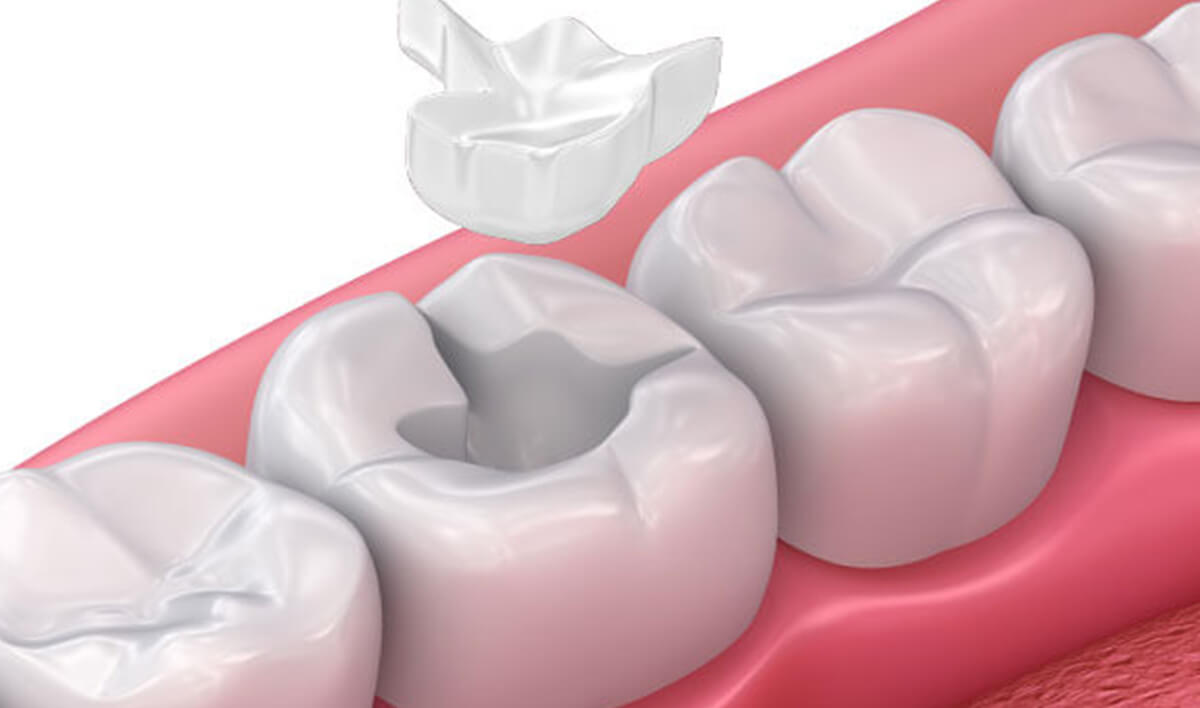
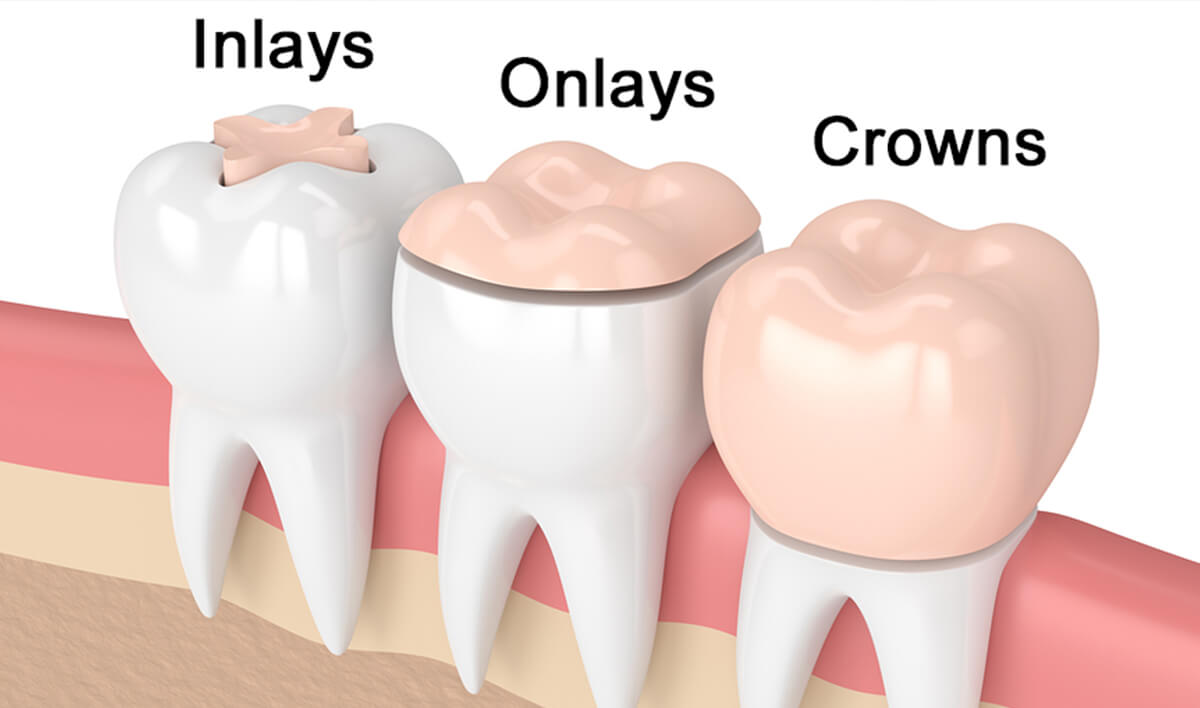
This cosmetic dentistry procedure is also known as indirect fillings, which are made by a dental laboratory. They are used when a tooth has mild to moderate decay or insufficient tooth structure to support a filling. Provided there is no damage to the tooth cusps, the inlay is placed directly onto the tooth surface. However, when the cusp or a more significant portion of the tooth is damaged, your dentist may use an onlay to cover the tooth's entire surface.
Inlays and onlays were once made of gold but typically are made in a dental laboratory from a composite of porcelain or ceramic material and attached to the teeth with adhesive dental cement. They provide support to strengthen teeth, restore their shape, and avoid any further decay or deterioration.
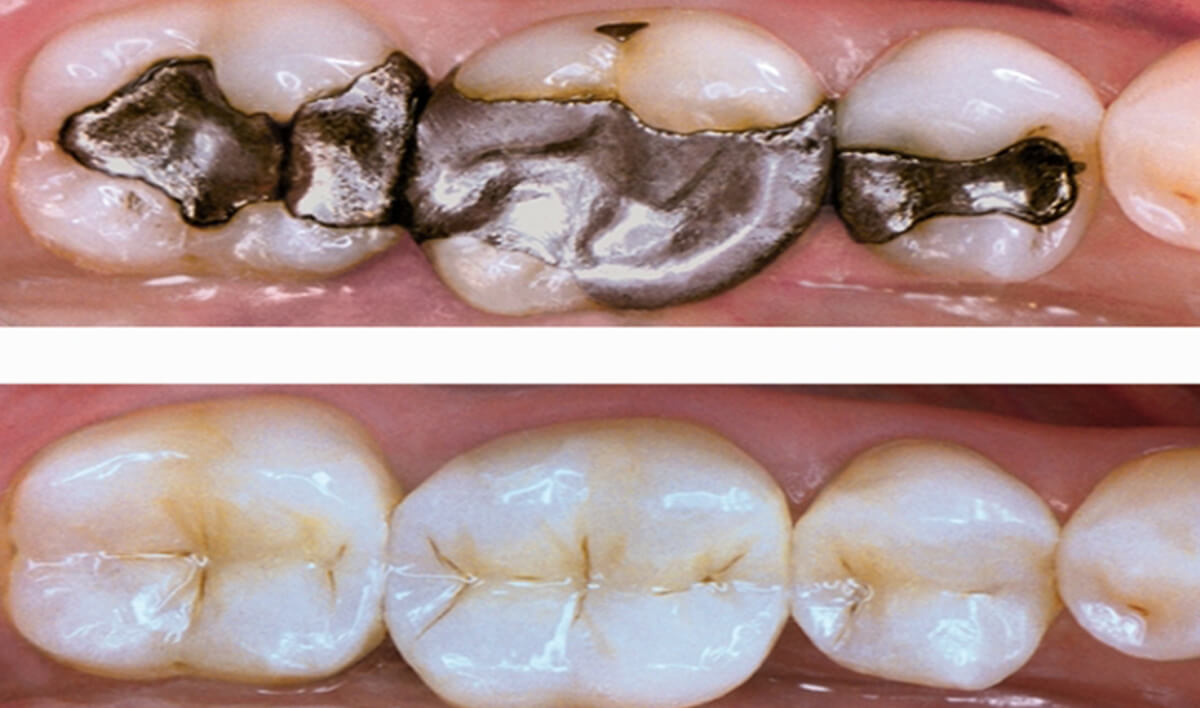
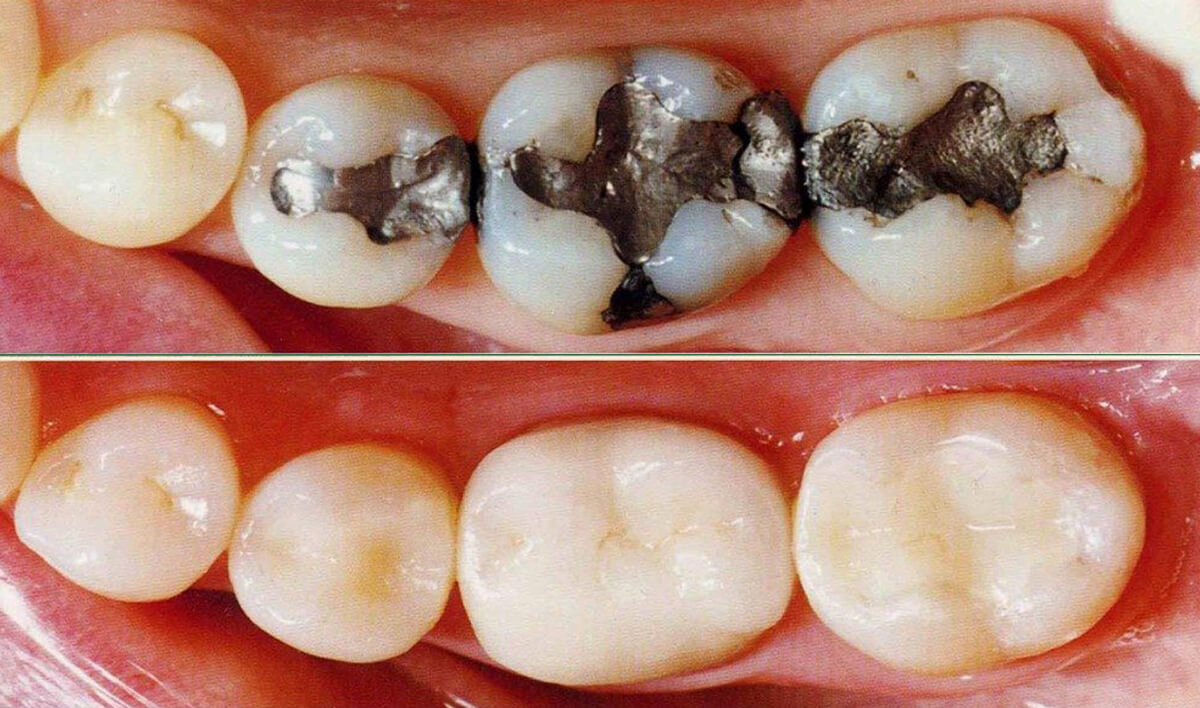
Composite bonding refers to the repair of decayed, damaged, or discolored teeth using material that resembles tooth enamel color. Your dentist drills out the tooth decay then applies the composite onto the tooth's surface, and then "sculpts" it into the right shape before curing it with a high-intensity light. Also referred to as "bonding," this procedure effectively covers the tooth's damage and gives the appearance of a healthy tooth in its place. Bonding is one of the least expensive cosmetic dentistry procedures available to patients with tooth decay, chipped or cracked teeth, and worn-down edges.
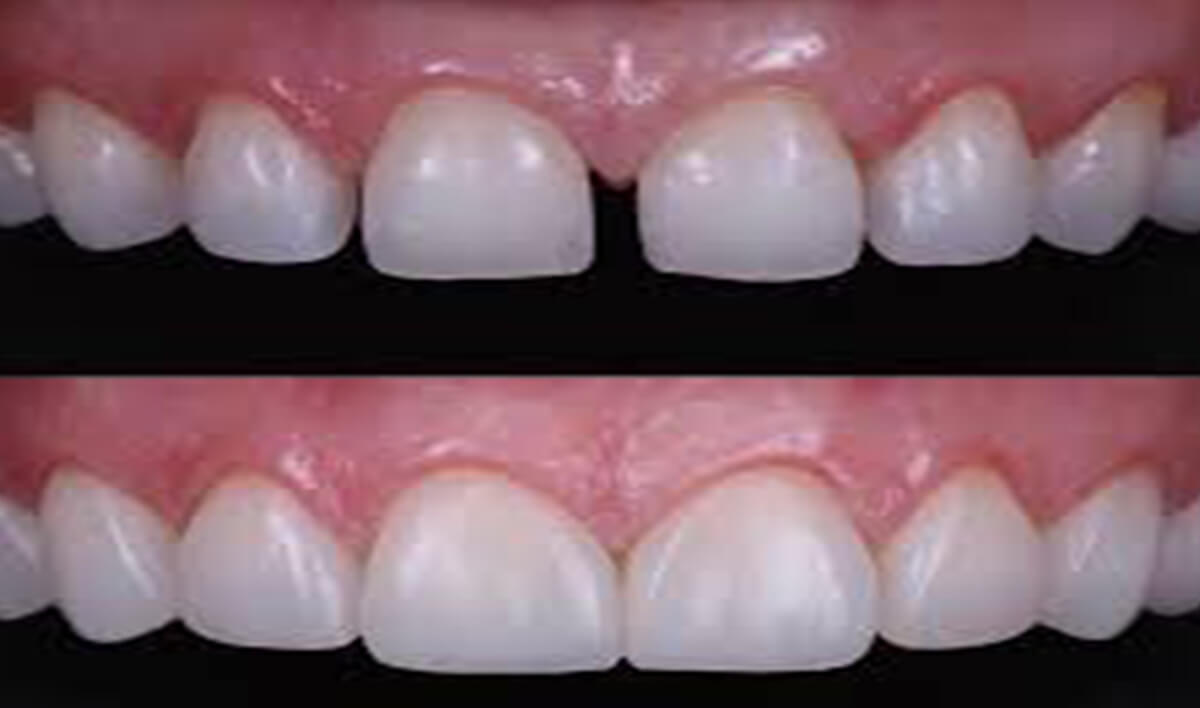
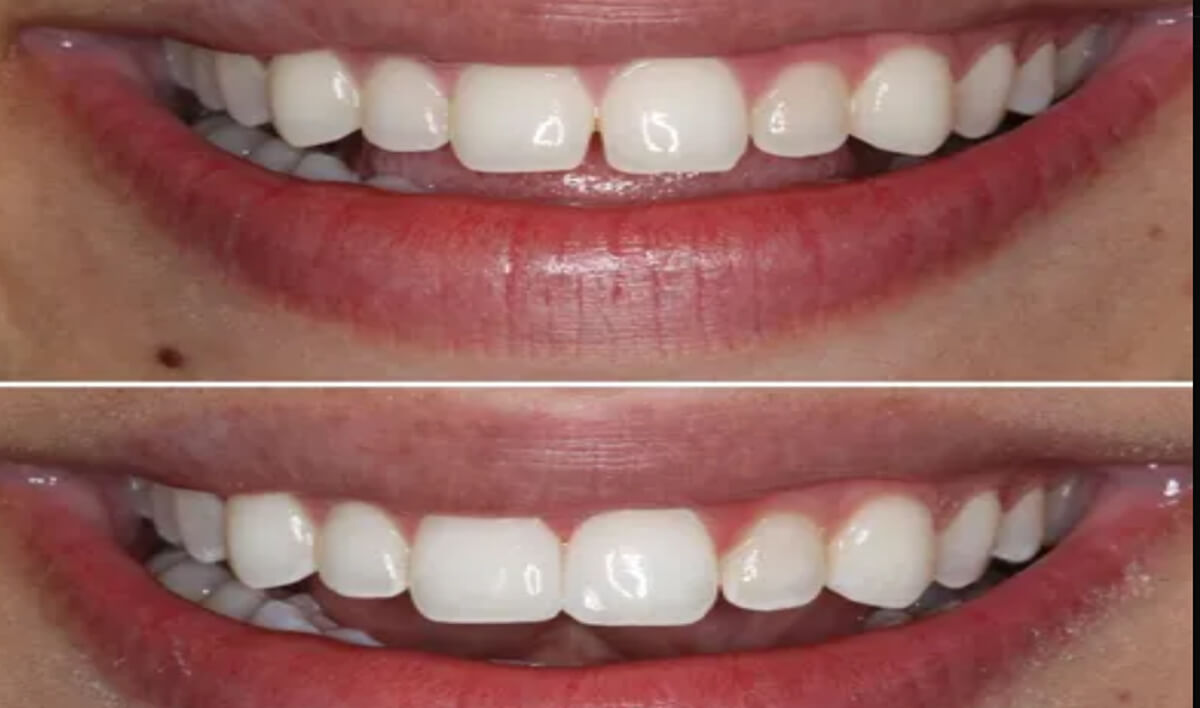
Typically manufactured from medical-grade ceramic, dental veneers are custom-made caps that go over your natural teeth. They look exceptionally realistic and can resolve numerous cosmetic problems, ranging from crooked teeth to cracked or damaged enamel to noticeable gaps between two teeth. The dentist applies the veneer to the front of each tooth using a dental adhesive.
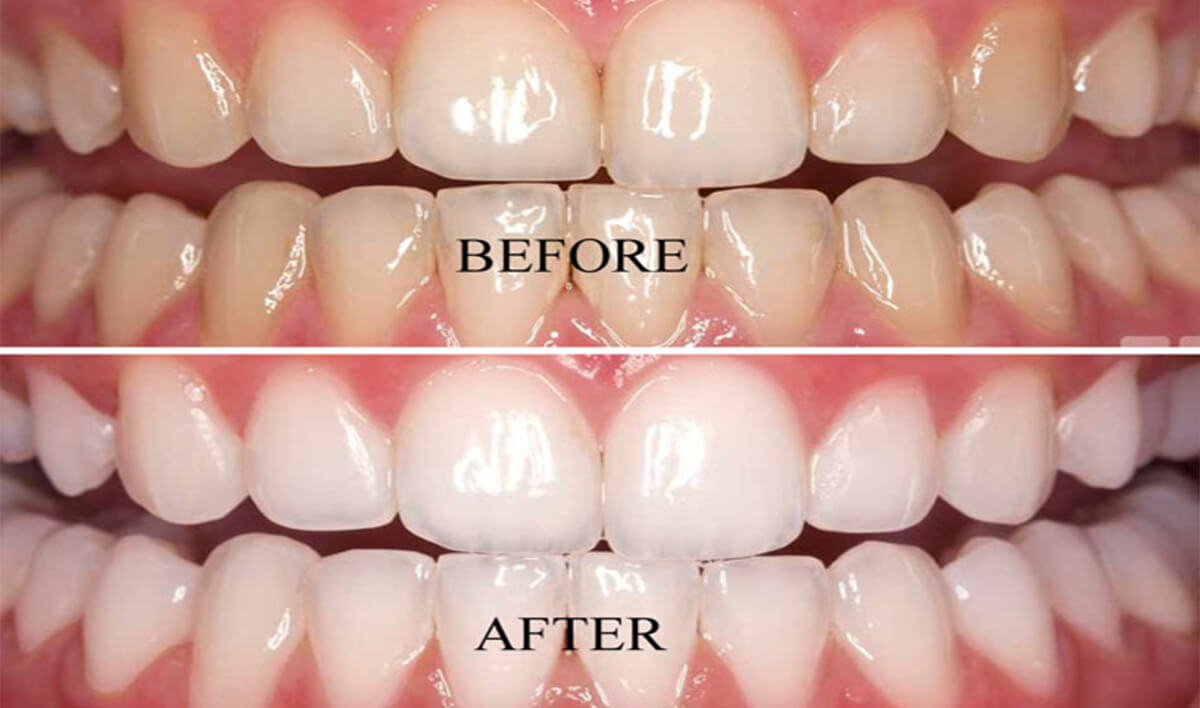
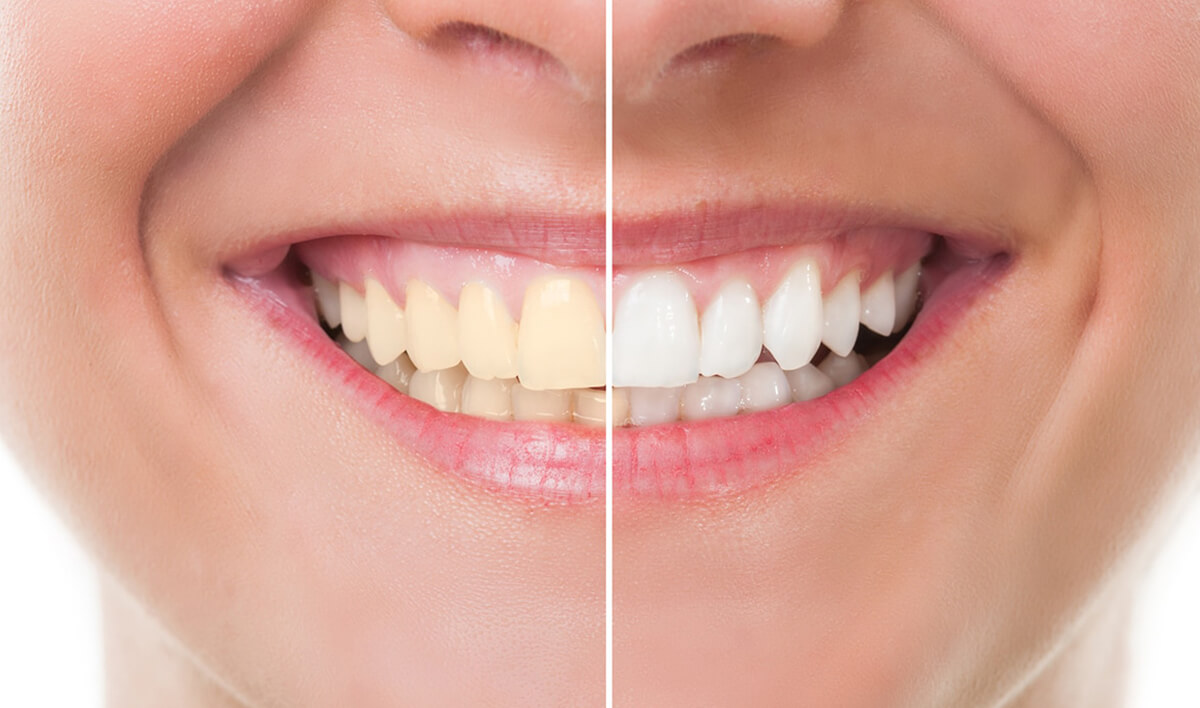
Teeth whitening is one of the most popular cosmetic dentistry procedures. It can be performed at your dentist's office, often in a single visit. The dental hygienist will first remove plaque, tartar, and other debris from each tooth's surface, restoring its natural appearance. The teeth can then be whitened with a bleaching agent to achieve an even lighter shade than this original color.
Over the years, teeth become stained and worn from food, drinks, medication, and personal habits such as smoking. Whitening coats the teeth, and this procedure can be done in the dental office or at home. Additionally, patients can use toothpaste to achieve the same effect in one to two weeks. This product works to whiten teeth more than three shades over two weeks and optimal results within four weeks.
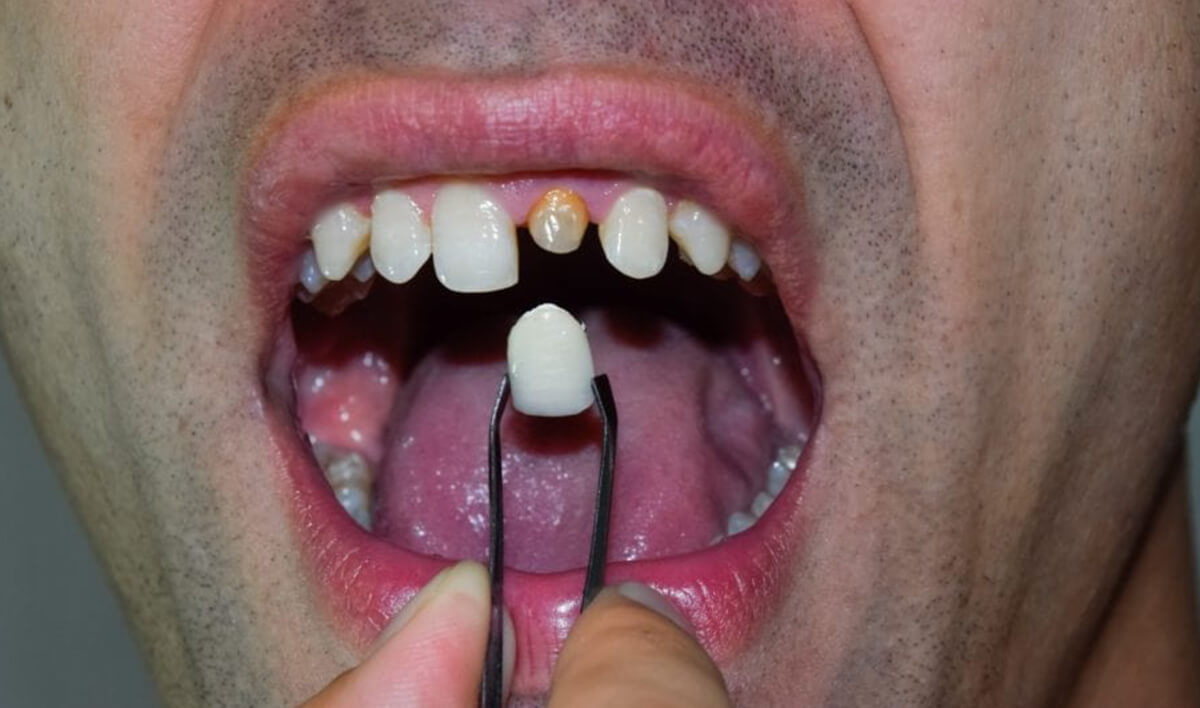
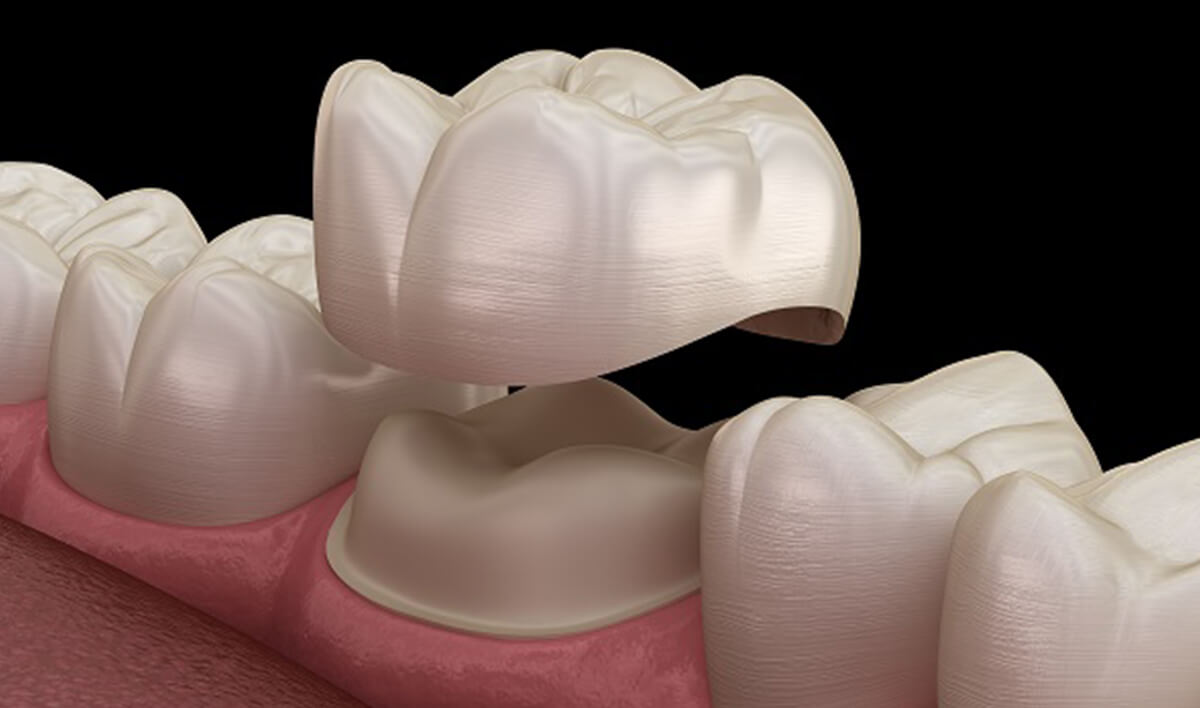
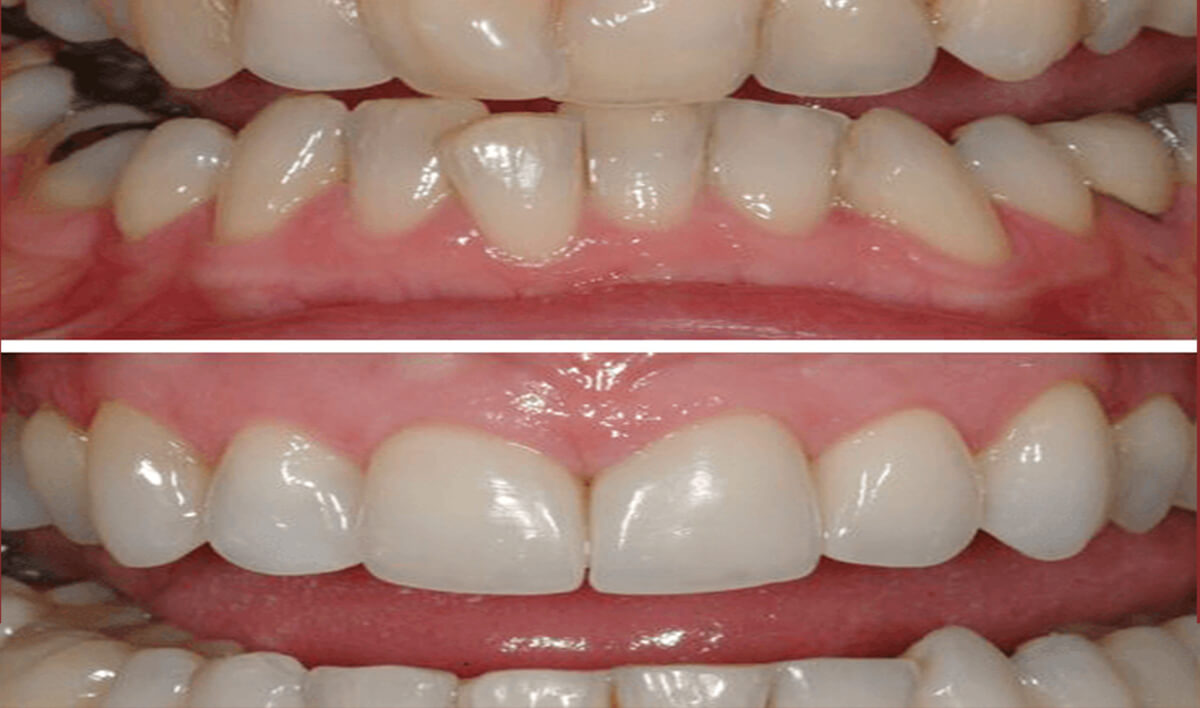
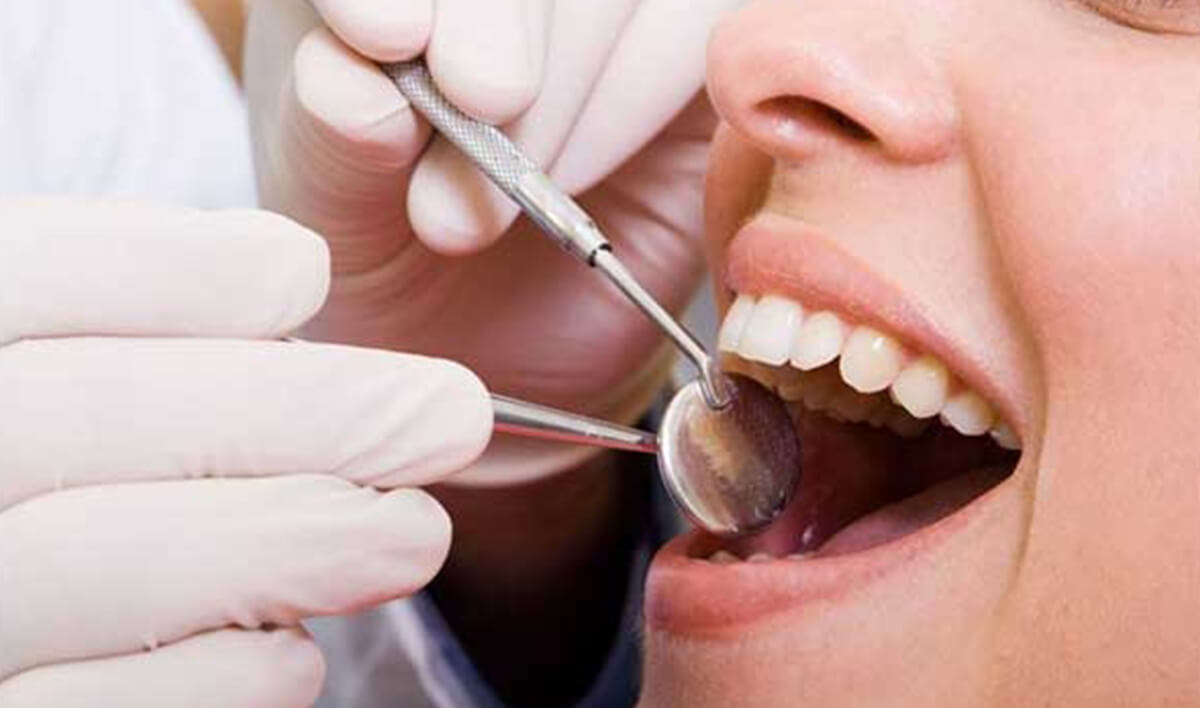
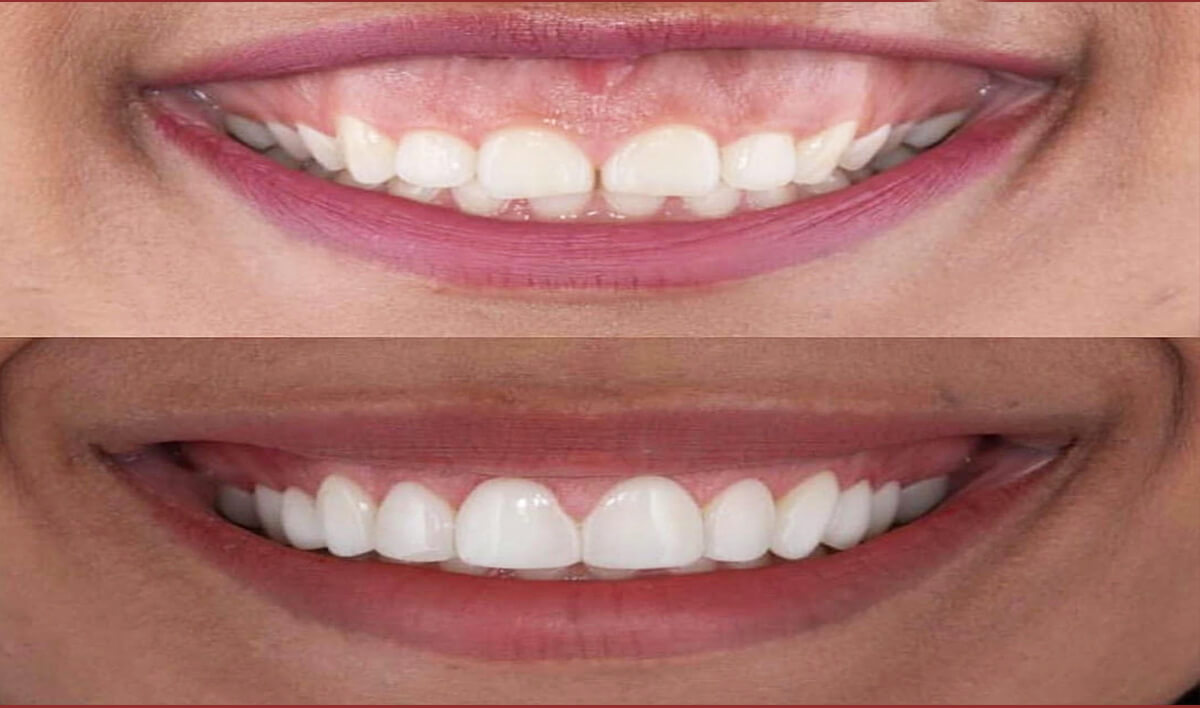
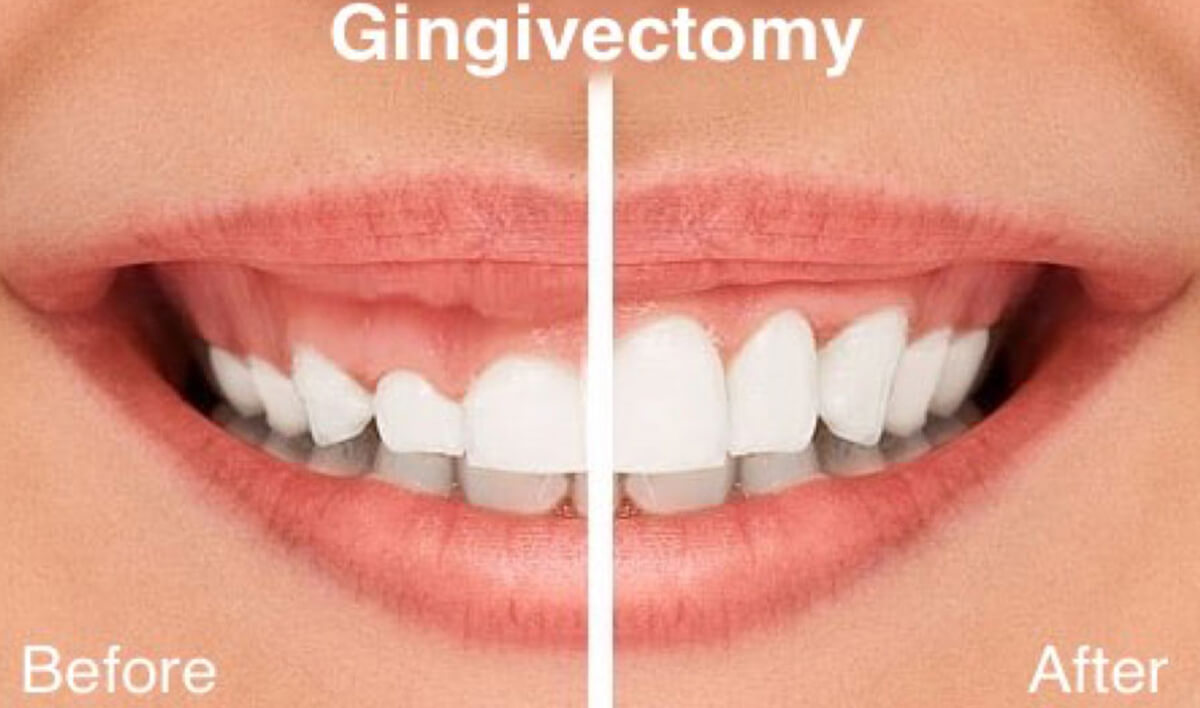
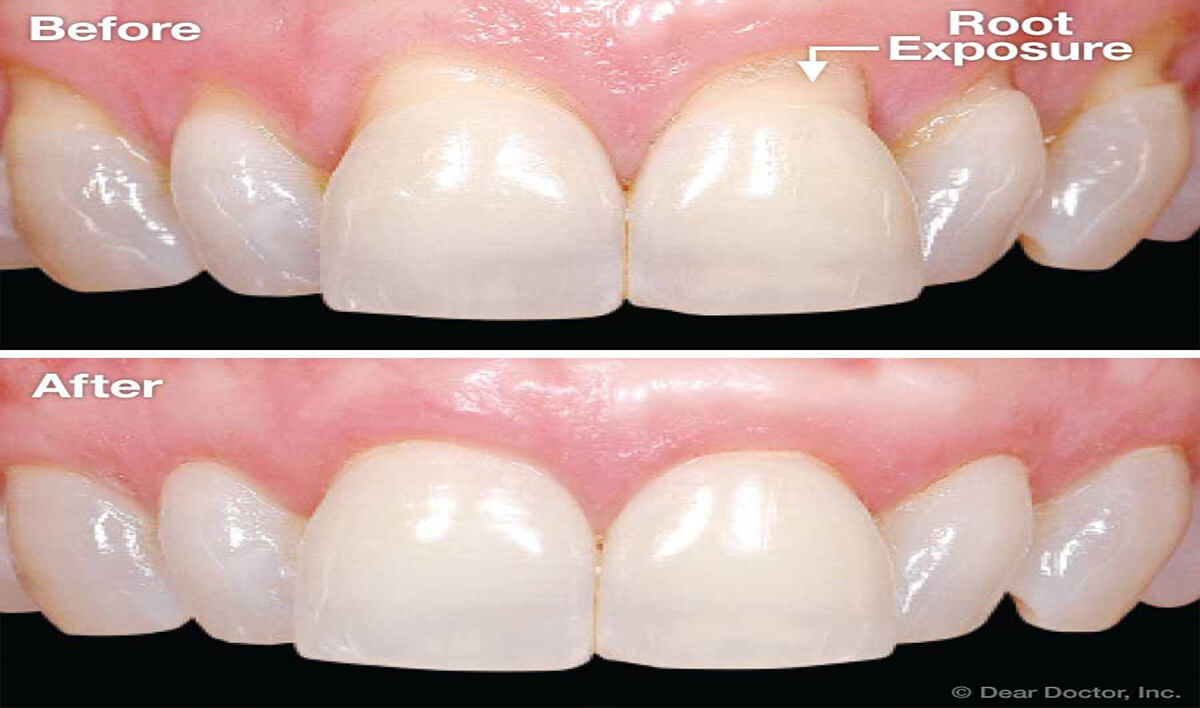
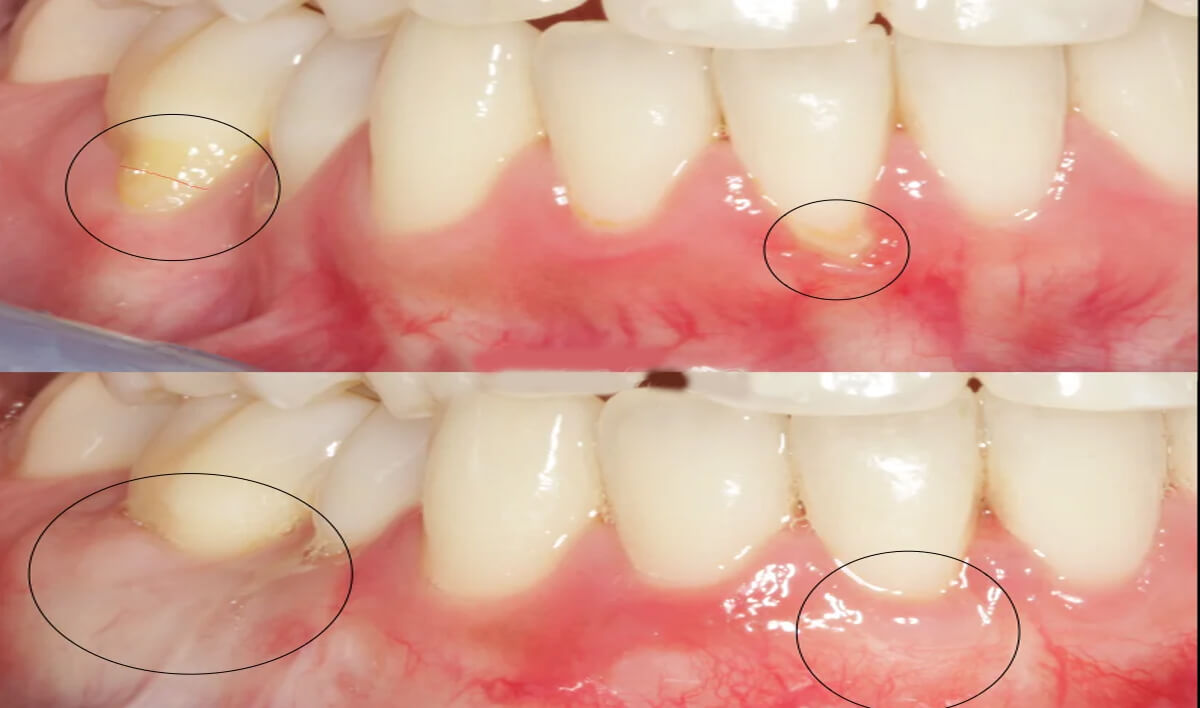
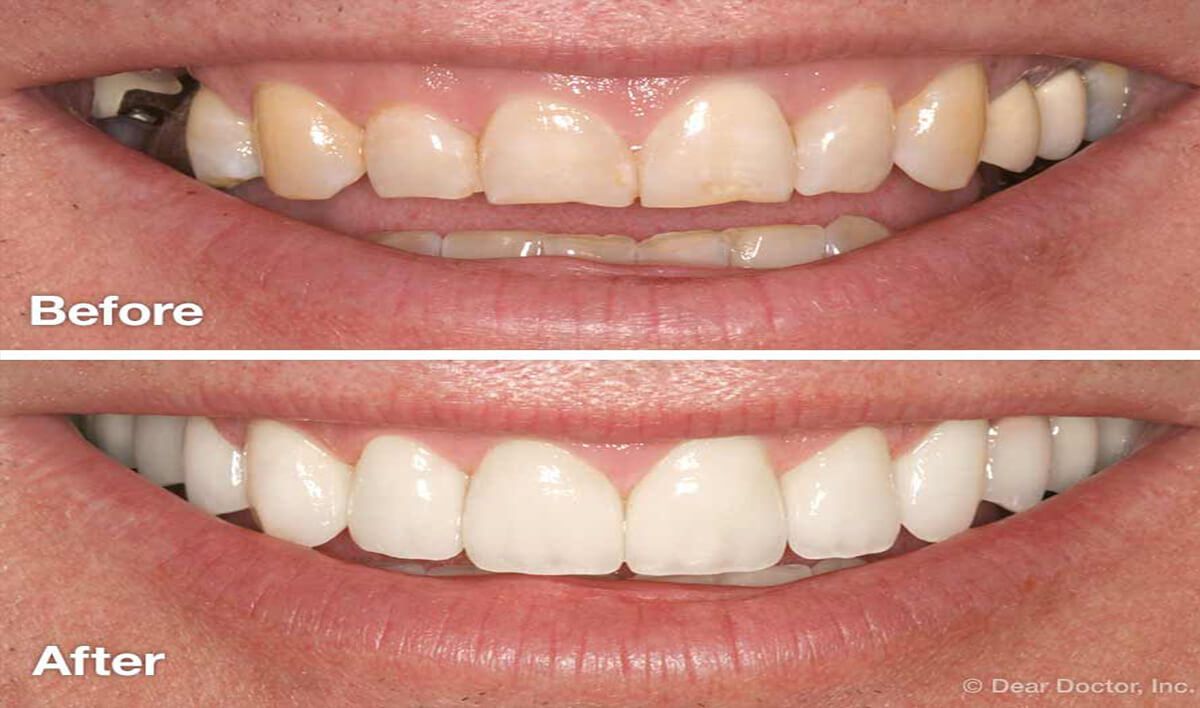
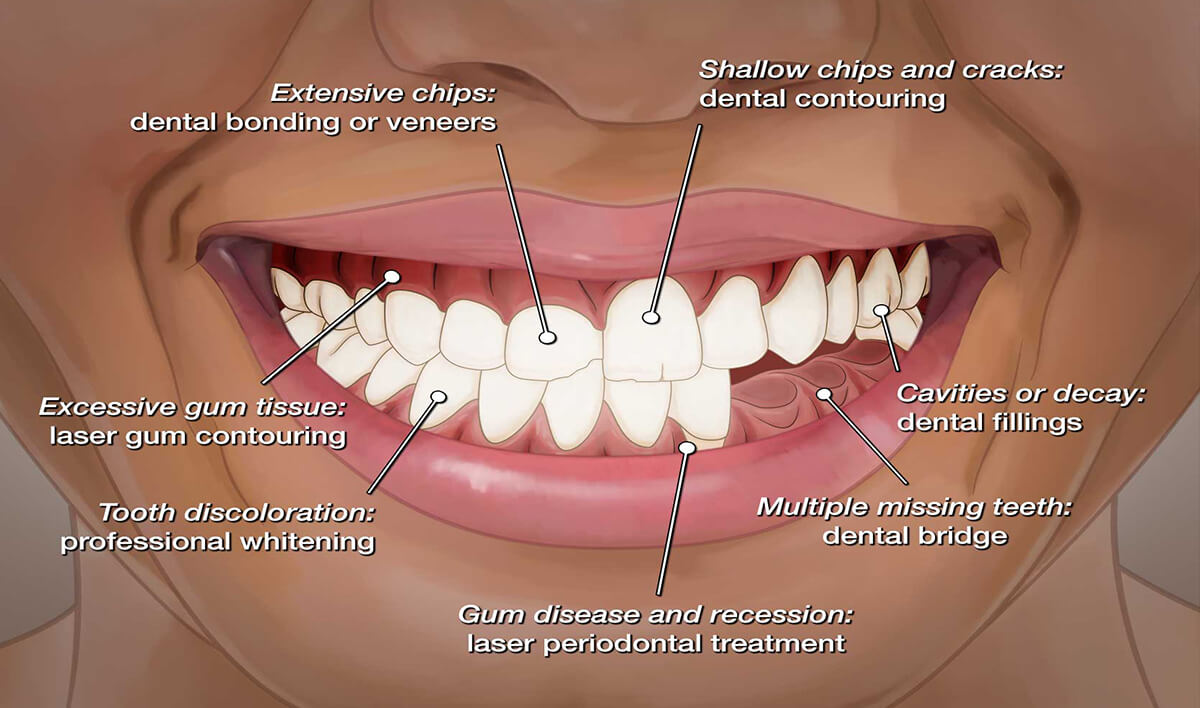
Dental implants are used to replace lost or damaged teeth. The dentist inserts a small titanium screw into the jaw at the site of the missing tooth, which serves as the support for a crown. These implants are almost indistinguishable from the surrounding natural teeth. Once the bone and supporting tissue fuse to the implant, they are permanently secured into place. Patients need to practice diligent oral hygiene during the implant placement period and after the implant procedure is completed to clean plaque and food debris from the area.
